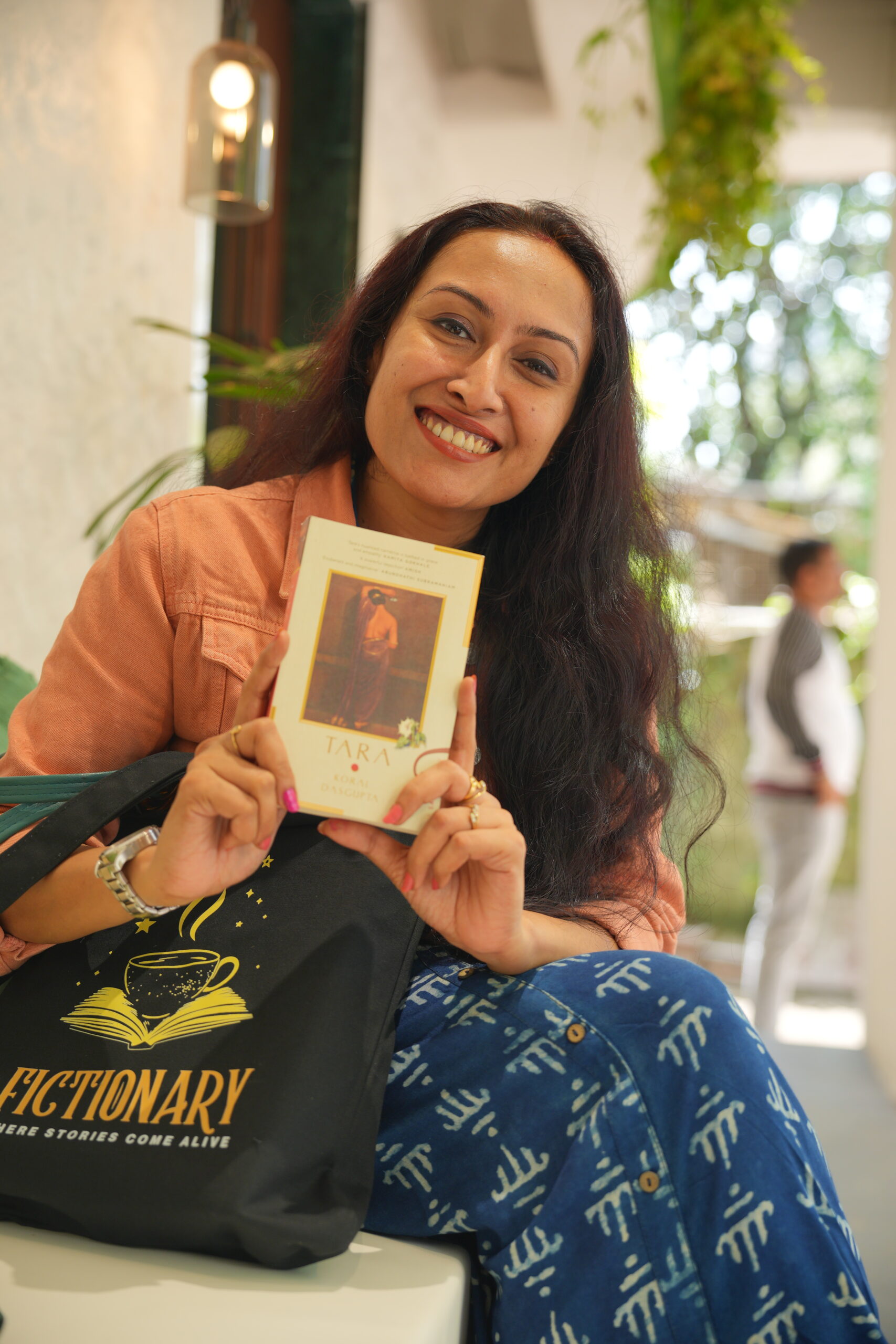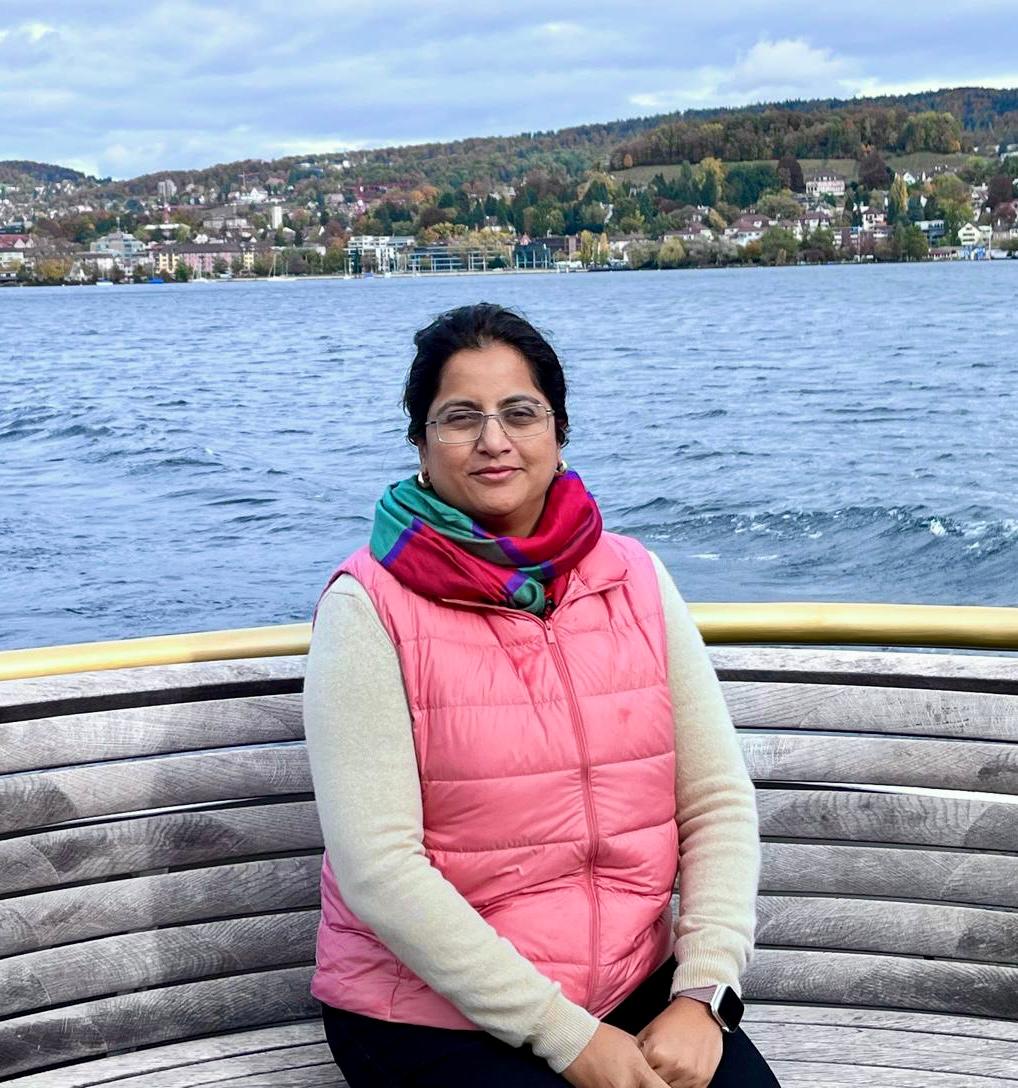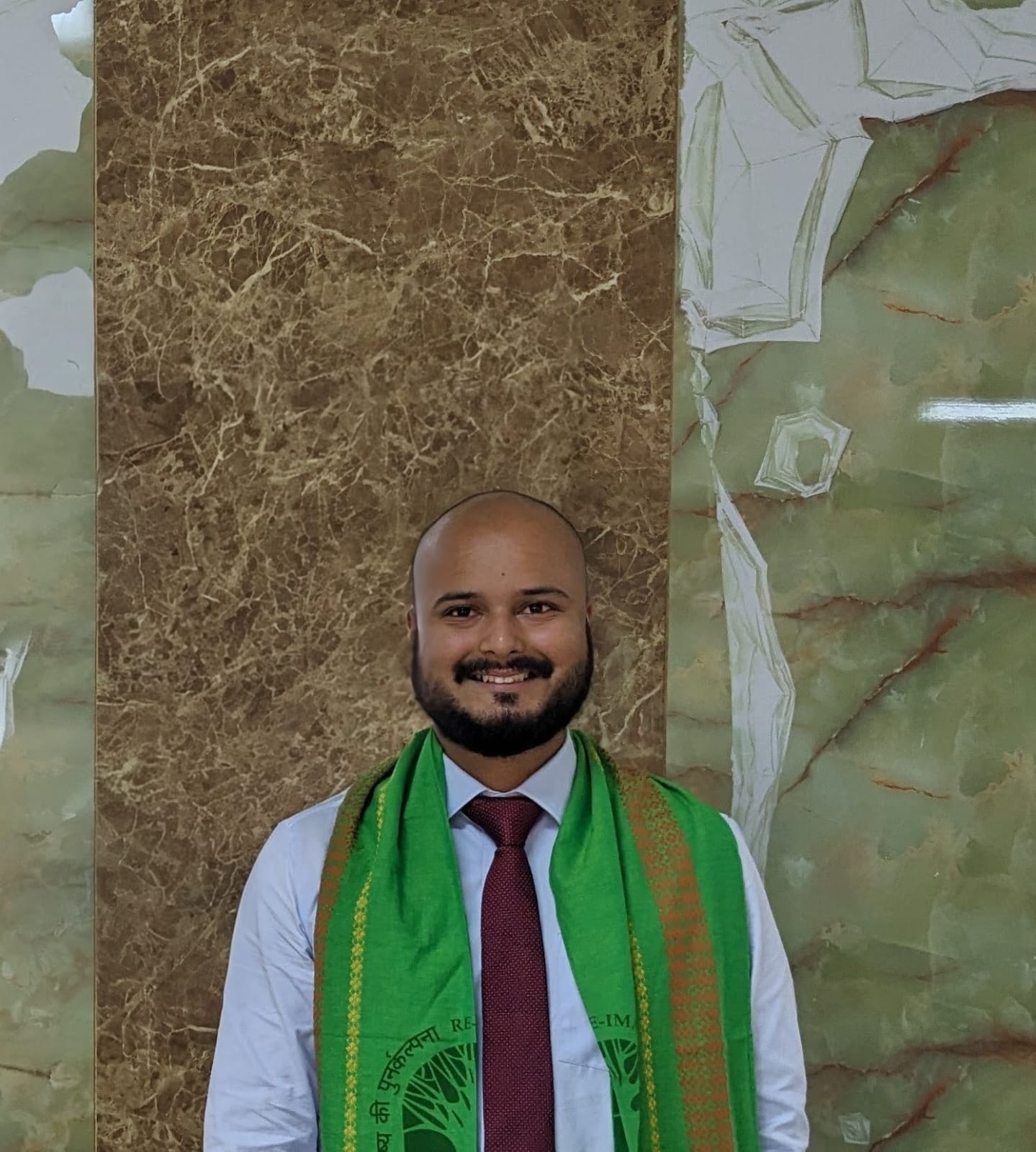The latest United Nations Office on Drugs and Crime (UNODC) World Drug Report 2024 highlights a concerning rise in global drug use and the emergence of potent new synthetic opioids, exacerbating the world drug problem and its associated health, social, and environmental impacts. Despite an estimated 64 million people worldwide suffering from drug use disorders, only one in 11 receives treatment. Women, in particular, face significant barriers, with only one in 18 women with drug use disorders receiving treatment—compared to one in seven men. India faces a significant challenge with alcohol misuse, as evidenced by the national survey, revealing that 57 million out of 160 million persons with alcohol use exhibit harmful patterns like overconsumption and violence, necessitating professional assistance. The country officially has 15.8 million children between the ages of 10 and 17 who are addicted to drugs as of December 2022. Opioids, particularly heroin and prescription drugs, are widely abused, especially in the northern and northeastern states, contributing to public health concerns. The northeast region, especially Manipur, Nagaland, and Mizoram, faces high addiction rates due to proximity to drug trafficking routes, significantly impacting the youth. Mizoram witnessed 71 drug-related deaths, including 11 women, in 2024, according to the Excise and Narcotics Department.
The Indian government has implemented several measures to reduce substance abuse. Key initiatives include increased funding for rehabilitation centers, especially in states like Manipur and Nagaland, and awareness campaigns targeting youth in schools and communities. The National Action Plan for Drug Demand Reduction aims to provide better access to treatment, preventive education, and counseling services. Additionally, state governments have enacted strict anti-drug laws and collaborated with NGOs for grassroots-level interventions. The government is also focused on improving border security to curb the influx of illicit drugs from neighboring countries.
However, for government interventions to be effective, people must join hands and come together as a collective. This responsibility has been beautifully shouldered by Smt. Jumde Yomgam Gamlin from Arunachal Pradesh, who has dedicated her life to combating addiction and promoting mental health and wellness. The government of India has honored her exceptional work with the Padma Shri in 2025.
Arunachal Pradesh, like many parts of northeastern India, experiences the rising tide of substance abuse, affecting the youth, families, and hence the entire communities. The youth population is even more vulnerable as their one-time adventure often chains them into a cage of addiction. They slowly lose control of themselves, undertaking such actions that result in distrust and disaster. It is obvious that if the youth is not protected from the menace and guided back into a healthy lifestyle, great talents will never shine, and the state will be doomed. Arunachal Pradesh had to find a way to secure its youngsters from drug and alcohol misuse. Smt. Gamlin also wanted to fight this growing drug menace and provide much-needed support and rehabilitation to the affected.
Born and brought up in the Siang district of Arunachal Pradesh, Smt. Jumde Yomgam Gamlin is the founder of Mother’s Vision, an NGO that operates a 30-bed spirituality-driven de-addiction and rehabilitation center. She has spearheaded anti-drug initiatives with the support of local women, community leaders, and district authorities, not only to treat the devastating disorders borne by substance abuse but also to recreate the lives of the patients. Other than the medication, her NGO involves the victims in spiritual disciplines as a method of disengagement with narcotics, which builds their confidence, faith, physical strength, and willpower—all of which are primary requirements of healing.
Mother’s Vision, founded in 2013, recognized that addressing this issue required a multi-faceted approach—involving awareness, education, prevention, and rehabilitation. Shouldering this task meant facing a host of interconnected problems. The proximity of Arunachal Pradesh to the drug trade routes and its limited access to healthcare and rehabilitation services were to be dealt with immediately to plug the open holes for prevention along with beginning the work for a cure!
For a long time, since India gained its independence, Arunachal Pradesh had been a neglected region (along with other northeastern states) in terms of infrastructure, economic development, and connectivity. Its remote location, coupled with limited access to healthcare, education, and basic services, hindered its integration with the rest of India. The state’s strategic importance was often overlooked, and the development was sluggish. After 2014, under Prime Minister Modi’s leadership, significant changes were made.
The Modi government focused on improving road networks, air connectivity, and border security, including the construction of highways and increased funding for infrastructure projects, enhancing connectivity within the state and to other parts of India. Efforts to boost tourism, local industries, and military preparedness helped integrate Arunachal Pradesh with national growth stories. Projects like the Trans-Arunachal Highway and East-West Corridor revolutionized transportation. In healthcare, the government upgraded district hospitals and healthcare centers, improving access to medical services. The Pradhan Mantri Gram Sadak Yojana (PMGSY) ensured better rural roads, while Ayushman Bharat and other schemes expanded health insurance coverage. These initiatives not only improved accessibility but also contributed to economic growth and quality of life for the locals.
Smt. Gamlin’s life and work went hand in hand with the growth and development of the state undertaken by the government. She engaged directly with the affected communities while working closely with local leaders, community groups, and schools to raise awareness. She emphasized the importance of educating young people about the dangers of substance abuse before they fall victim to it. The NGO engaged women at different levels to provide compassionate communication and kindness to their target audience. Other than uniting the local women with a shared vision, this strategy also gave rise to a strong network that was alert, purpose-driven, and empathetic—a stride ahead from the grappling loneliness and helpless situations of individuals that the state had earlier witnessed. Each member of Mother’s Vision is pledged to abide by the fundamental principles of the organization: they will work as volunteers, they are non-profitable, they are non-religious, and they are non-political—so that no divisive identity or opinion can interrupt the welfare activities.
With time, Smt. Gamlin established several community-based support systems and rehabilitation centers. She also focused on addressing the underlying causes that often led to substance abuse—like poverty, trauma, unemployment, social alienation, and others. A comprehensive structure was devised, including vocational training, mental health counseling, and family therapy.
Once identified as a victim, social integration of the affected people is difficult. The stigma and mass memory take years to fade. Smt. Gamlin extended the scope of intervention of the NGO to restoring the dignity of those who had fallen prey to addiction. She worked towards an environment of acceptance and support, free from judgment or prejudice. Smt. Gamlin’s efforts have raised awareness about the need for compassion, understanding, and systemic change in the way society views addiction. The mass attitude is slowly changing, with more people now viewing it as a medical condition rather than a moral failing.
Smt. Gamlin has been working at the grassroots, dealing with patients and hearing the conditions that made them want to run from reality. She could hence propose broader advocacy and policy changes that would make a difference in the state and national statistics, establishing anti-drug laws, increasing the funding for rehabilitation centers, and ensuring better access to mental health care for the patients. Through collaborations with various government bodies, NGOs, and international organizations, she secured resources for rehabilitation programs, awareness campaigns, and educational initiatives that have reached thousands of people across the region. Post completion of the rehabilitation programs, the Mother’s Vision NGO offers opportunities for employment, education, and skill-building. These efforts provided recovering addicts with the tools they needed to live productive, fulfilling lives with well-charted goals, ensuring that they did not relapse into old habits. One of the most beautiful and touching success stories of Mother’s Vision NGO is the joining of recovering patient Kennedy Bagra in 2014, helping design more targeted and effective interventions—identifying key areas for campaigning, targeting the right audience, developing presentations for schools, community meetings, and interactive sessions with youth, among others. Till January 2025, the organization has effectively helped more than 700 individuals struggling with addiction, establishing itself as an essential resource and a beacon of hope in the region.
Smt. Gamlin’s journey from a simple citizen to a Padma Shri awardee is an inspiring testament to feminine power. Not crowned with cosmetic glamour, money, fame, or social media followers – she is a true influencer and grassroots leader armed with compassion and concern. Her holistic approach to tackling substance addiction serves as a model for India and beyond. Her legacy sets a call to action for others—proving once again that nothing other than a strong intention is required if the mind is set to channel a positive social change.
The views and opinions expressed here belong solely to the author and do not reflect the views of BlueKraft Digital Foundation.







